SUMMARY
This is AI generated summarization, which may have errors. For context, always refer to the full article.
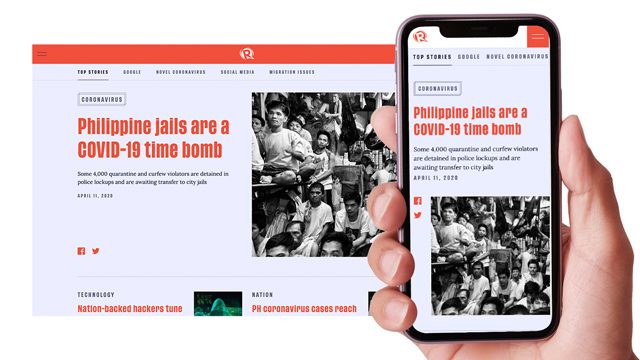
MANILA, Philippines – As we celebrate World Press Freedom Day 2020, we’re excited to unveil the new Rappler website, powered by Lighthouse, our new content delivery and community engagement platform. Initially released on beta, we hope to get your feedback as we move our newsroom to this new system on May 11.
Lighthouse is the product of a long journey. We began envisioning this new platform in 2016 but were forced to shelve plans as legal cases threatened our very existence and sustainability. We finally put together the team that built this system in late 2018 and started designing and building in 2019.
In conceptualizing the user experience and the user interface of Lighthouse, we re-imagined Rappler from scratch, considering its pillars: data and technology, journalism and community. We wanted a modern website that more efficiently leverages data and smart technology. We wanted a system that will usher users along a path of civic engagement.
Mobile first design, faster loading
Our new platform was designed with users in mind. In January 2019, we consulted some of our audience to help us identify their pain points and what they wanted in a new platform.
Most of our users visit Rappler from mobile phones. Because of this Lighthouse was designed mobile first. We also optimized our architecture to enable faster loading, taking into account slower connections.
The design: a bolder outlook, inspired by impact
The new Rappler departs radically from our previous iterations in the way it looks.
The visual design – including updated colors, typography, and photography references – is inspired by the bold and impactful reporting of our journalists. An array of article templates give visual cues that clearly distinguish between different types of reporting: from standard stories to opinion to in-depth and investigative reports.
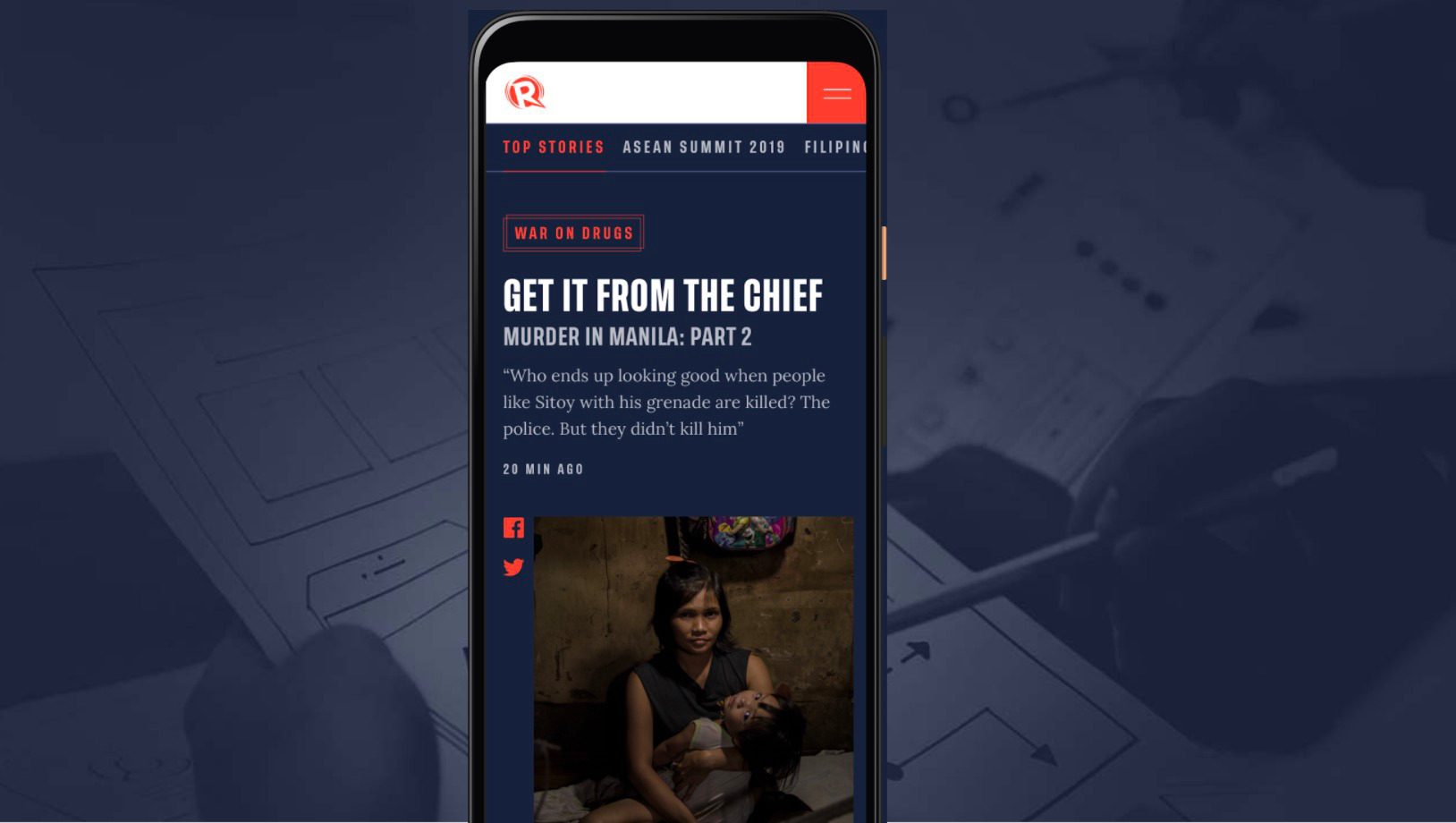
The design meets WCAG 2.0 AA Accessibility Guidelines, which means Rappler’s reporting will become even more accessible to people with disabilities and the elderly.
We have also overhauled the look and architecture of our mood meter and mood navigation system. Soon, you will be able to see more engagement options related to this feature.
A Modern Content Model: Topics
In addition to the traditional categories of news websites, Lighthouse also structures content by Topics. Through Topics, we thematically group content, improving ways for you to discover issues and themes that you find interesting.
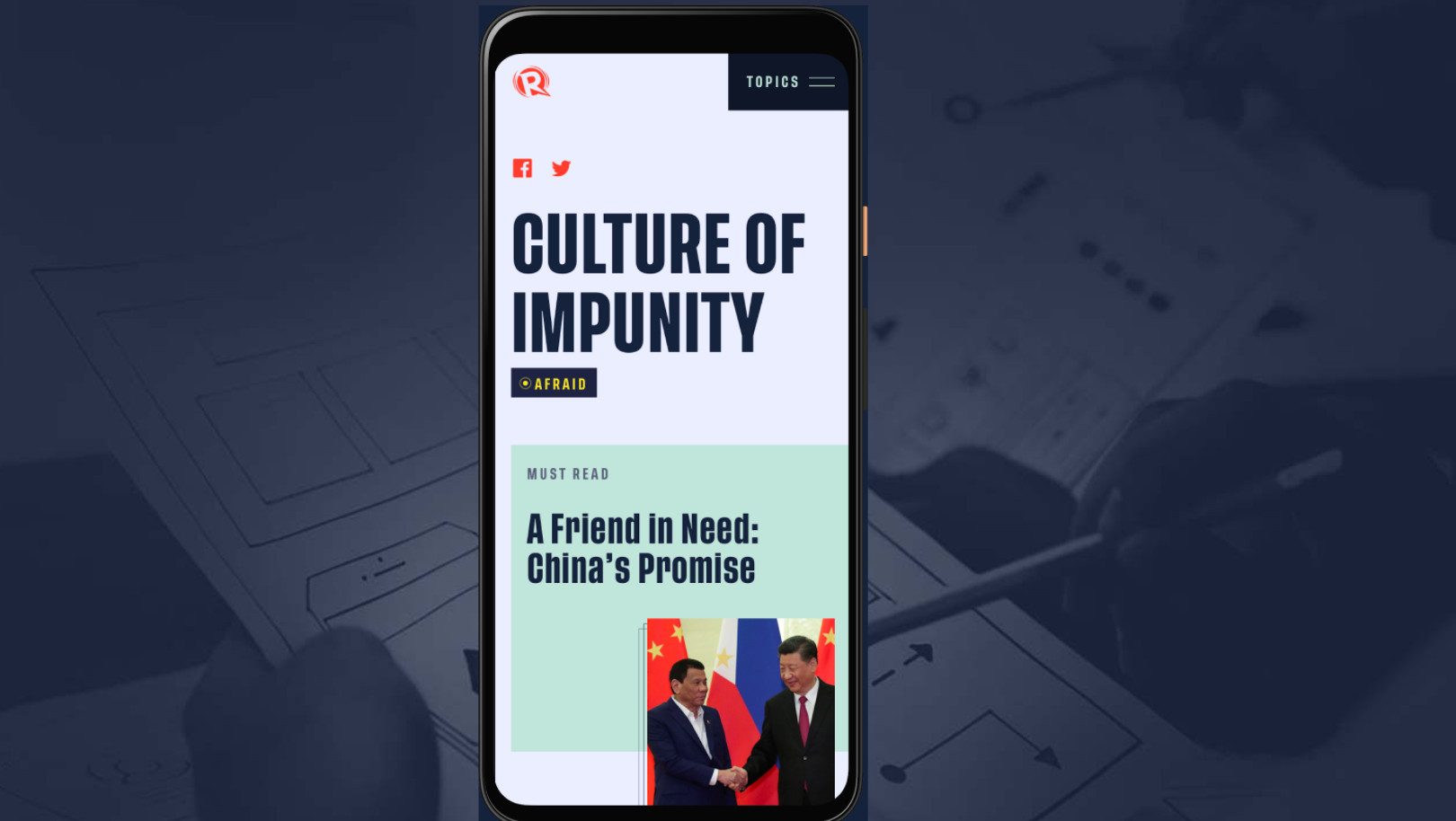
We invite you to bookmark our homepage and visit it from time to time. You will find it dynamically changing throughout the day as Topics immediately promote emerging issues and themes as well as their related content. This new navigation system will allow you to find, read, and engage with more content around your interests.
Note that you will still be able to access our key sections and latest stories through our reorganized navigation menu.
Developing Stories
Some stories require constant updates as an event unfolds or as new details surface. We have done this for you before through live blogs that allowed our newsroom to collectively and collaboratively cover and provide perspective to conversations around major events like candidate debates during the elections as well as the President’s Annual State of the Nation Address.
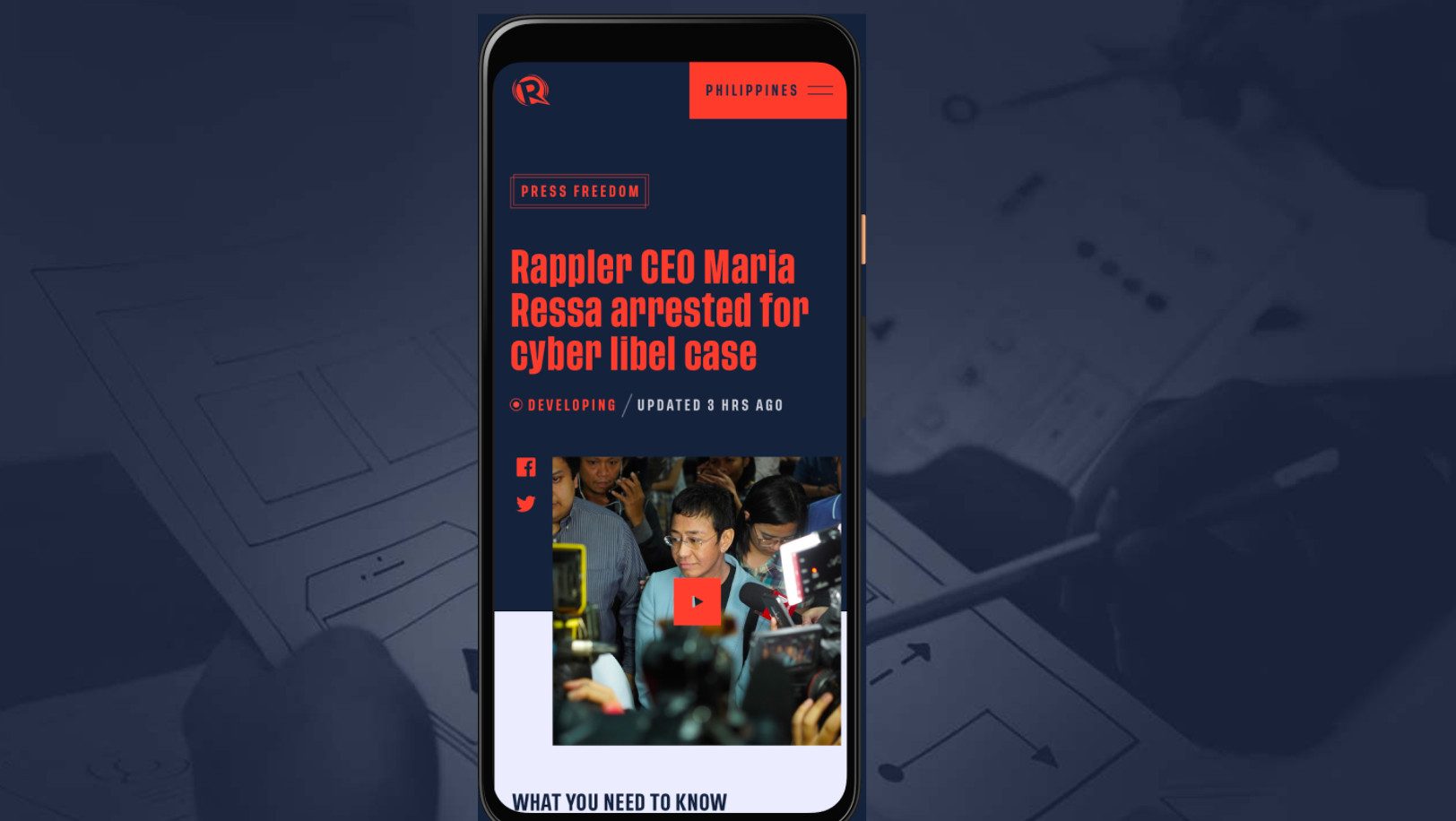
Lighthouse enables our journalists to improve on this approach to live coverage and easily deliver this experience more often to you through Developing Stories. This feature will allow our team to unpack complex developments for you layer by layer, update by update.
Visit us during major breaking news situations and easily catch-up and follow the most intricate coverage.
A smarter content delivery system
What makes Lighthouse more exciting for us is what is under the hood. Lighthouse equips our team with more tools to facilitate and enrich storytelling.
It is powered by a database schema that converts previously unstructured data in our previous website into structured taxonomies and content types. This new way of organizing stories will allow you to eventually follow content by topics, moods, authors, and content types.
Automation using natural language processing allows for broader indexing of stories. By combining natural language processing and behavioral inputs with the editorial judgement of journalists, we hope to serve you the most relevant and important content in a more meaningful and nuanced way.
Coming Soon: Movements
With new foundations built, the next step is to integrate Rappler’s third pillar: community action.
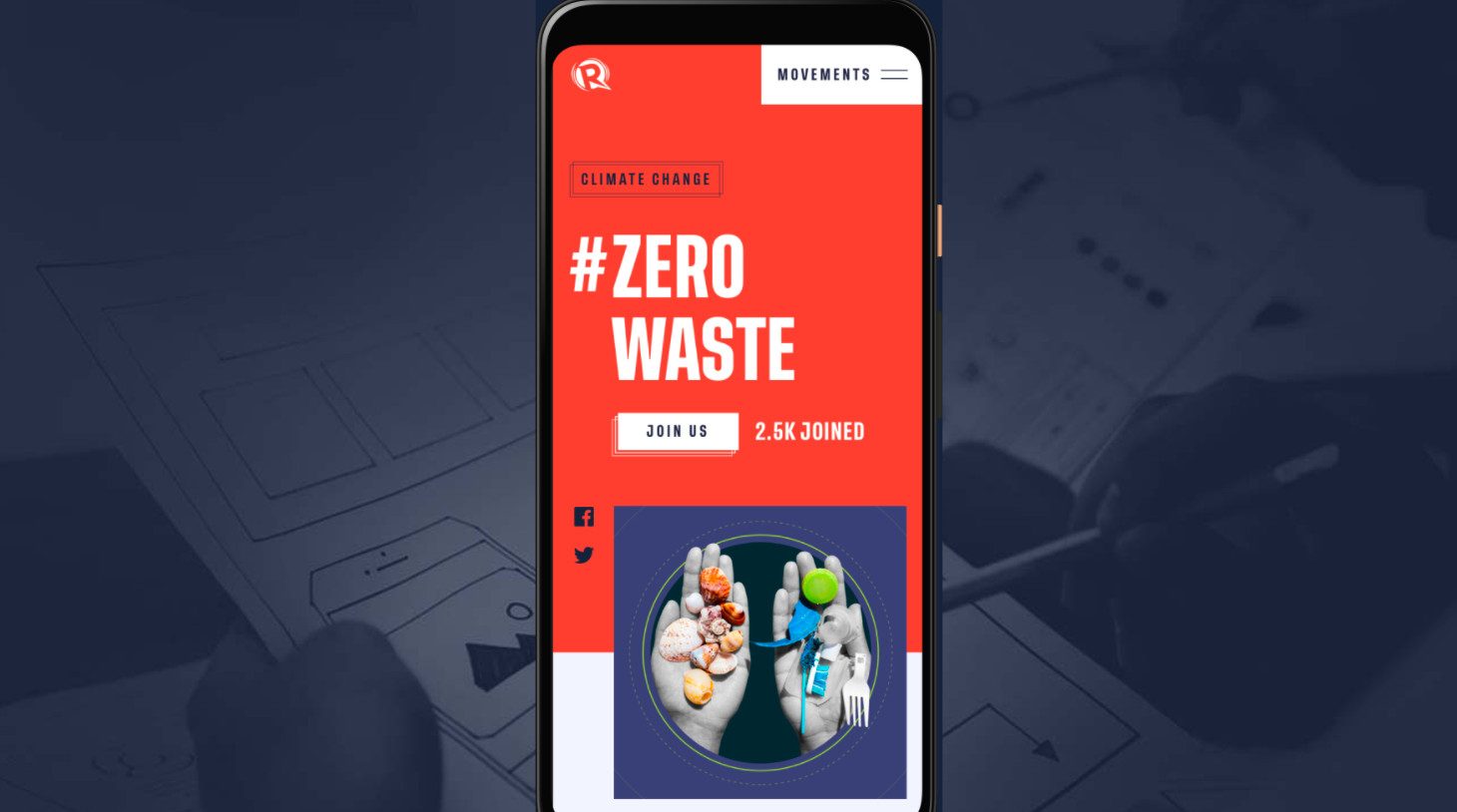
Since its inception, Rappler has worked closely with various civil society organizations and onground communities through MovePH, its civic engagement arm. Actions & Movements will form the building blocks for how we engage readers.
Soon, Lighthouse will be able to help you easily find calls to action defined by communities and organizations we work with that are relevant to these issues and topics you care about.
Become more informed, understand, take collective action on the issues that matter to you through the new Rappler. – Rappler.com
Lighthouse is a work in progress. We welcome your feedback on what you like, what you don’t like as well as any additional features that might be useful to you and your community in the long run. If your company, civil society group, or news organization is interested in using Lighthouse for your content distribution and community engagement needs, you can email: lighthouse@thenerve.co
Add a comment
How does this make you feel?
There are no comments yet. Add your comment to start the conversation.